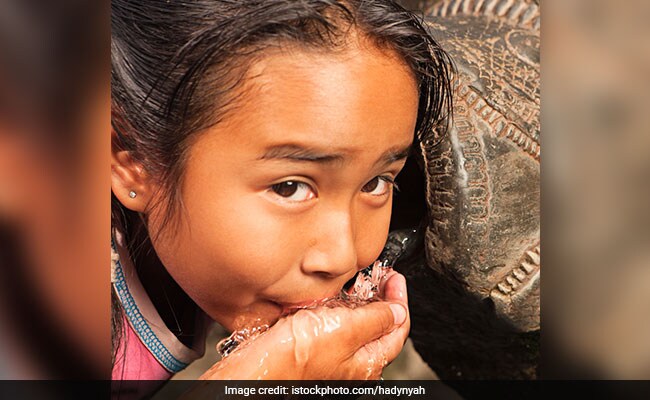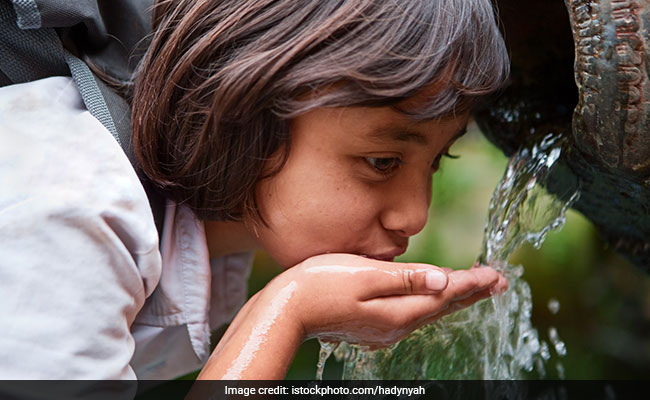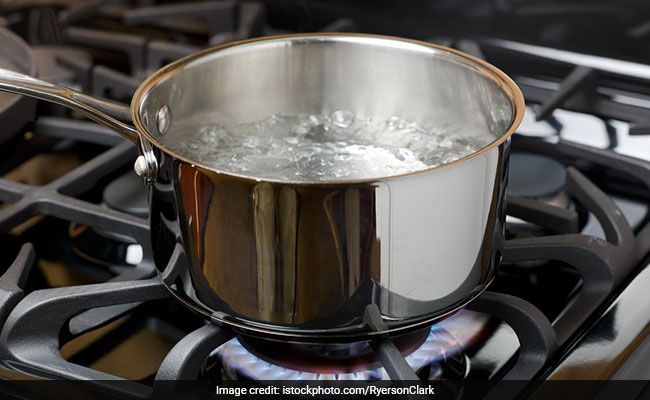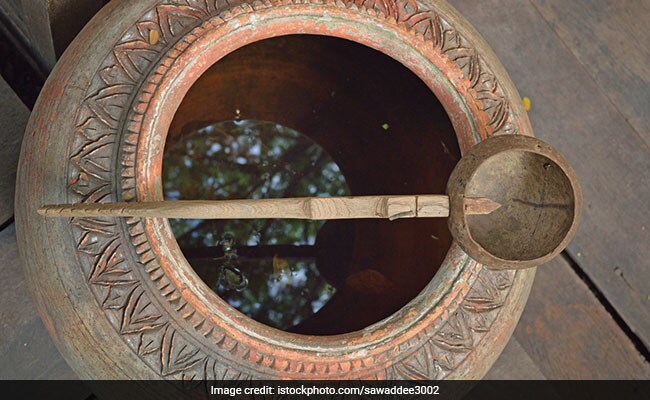The raw water concept has been gaining some popularity now. But is it safe?

It is technically impossible to look at water and judge if it is safe or not
HIGHLIGHTS
- Note that all forms of raw water do not pose the same health risks
- Boiling water is not effective in removing metal contaminants
- It is technically impossible to look at water and judge if it is safe
Which is the safer form of water, bottled, filtered, tap or sparkling? This has been a never-ending debate, with everyone offering their own share of beliefs and facts to support their stand. Well there is a new entry to this list, raw and untreated water. Yes, people are now debating whether or not raw water is the safest form of water or not. A crowd-based website has been claiming that drinking unfiltered and raw water has benefits, says a recent report by The New York Times.
Not only this, some companies have been touting about the probiotics and mineral content of untreated, raw water. However, experts beg to differ here. They say that people could be placed at serious risk if they drink unfiltered and untested water.
So what is the raw water concept and is it safe?
Note that all forms of raw water do not pose the same health risks. It is not exactly a new concept. Millions of people still continue to enjoy raw water from wells. Drinking water from such wells are the best examples of explaining the potential dangers of untreated water consumption. They can lead to massive health epidemics if consumed regularly. Untreated water can contain bacteria, parasites, and dangerous viruses.

Photo Credit: iStock
It is technically impossible to look at water and judge if it is safe or not. Using filters can also not remove contaminants completely because some notorious viruses can also get through the filters.
We have compiled a list of the top 5 techniques you can use to ensure raw water safety at home. Take a look.
1. Boiling
This one goes without saying but one of the best ways to ensure that drinking water is safe is by boiling it. Yes it takes up a lot of fuel and time and may not sound very appealing during summer. Despite that, boiling water is a safe technique because it pushes the bacteria and virus beyond its heat limit. As a result, the micro-organisms are removed. The advantage of this technique is the fact that you do not add any chemicals to water. But boiling water is not effective in removing metal contaminants like solvents, pesticides and nitrates.

Photo Credit: iStock
2. Chlorine treatment
Treating water with chlorine is also an effective technique which can be used in emergency situations. The household chlorine bleach is added to water and allowed to rest for a few hours till it kills all the harmful micro-organisms. This technique works quite quickly in killing harmful bacteria. Just keep in mind that these have an expiration date and must not contain dyes and perfumes.
3. Iodine treatment
Iodine treatment is one of the many portable water purification systems which can be used by people who acquire drinking water from untreated sources. Iodine kills various but not all bacteria in water. Use warm water for this. Add five drops of iodine for every quarter of water till it turns hazy. Wait for 30 minutes before consumption. You can also use iodine tablets for the same purpose.
4. Filtering water with clay vessels
For filtering highly muddy water, clay vessels are used. These vessels have pores of a suitable size for remove mud from water. Water in the porous clay jar is allowed to rest till it settles down. Then water trickles down the porous walls of the jar.

Photo Credit: iStock
5. Reverse osmosis technique
An RO system is installed in most households these days. This is when inorganic salts are removed from water by applying pressure in excess of osmotic pressure. It is known for seawater purification to provide safe drinking water.
DoctorNDTV is the one stop site for all your health needs providing the most credible health information, health news and tips with expert advice on healthy living, diet plans, informative videos etc. You can get the most relevant and accurate info you need about health problems like diabetes, cancer, pregnancy, HIV and AIDS, weight loss and many other lifestyle diseases. We have a panel of over 350 experts who help us develop content by giving their valuable inputs and bringing to us the latest in the world of healthcare.















